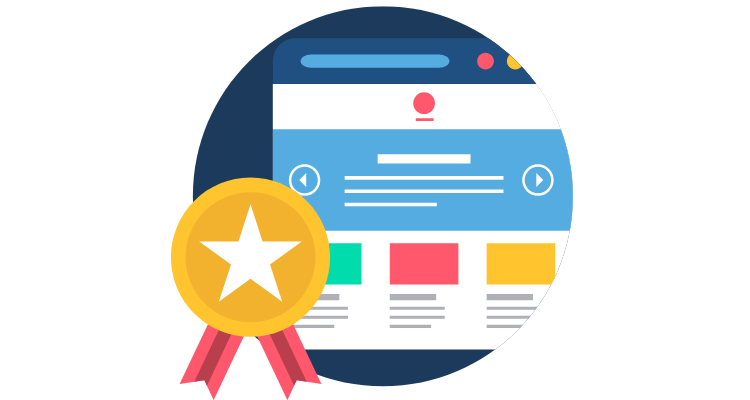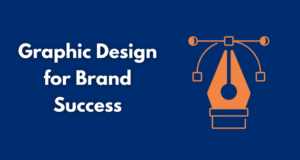There’s something mildly soul-crushing about clicking a link in 2025 and landing on a website that feels like it time-traveled from 2011. You know the kind. Endless pop-ups, grainy stock photos, paragraphs that sound like a bad commercial.
In a world where online attention spans are shorter than ever and AI is quietly generating half the content you scroll past, your site can’t afford to feel stale. But fresh design alone doesn’t cut it anymore. So what actually works in 2026—and what needs to be tossed like expired SEO hacks?
Let’s take a look at what’s still effective, what’s been quietly fading out, and what forward-thinking site owners are doing now to make sure their online presence doesn’t just exist—but actually matters.
Table of Contents
ToggleYou’re Not Building a Website, You’re Building a First Impression

We’re well past the point where your website is just a digital business card. It’s the first place people go to decide whether you’re worth their time. And here’s the kicker: they decide in seconds. Before your fancy font loads or that slow autoplay video kicks in, most people have already made up their minds. If your site feels clunky or outdated, they’re gone.
Design in 2026 isn’t about having the flashiest animations or the trendiest pastel gradient. It’s about clarity. Fast load times. Easy-to-skim headlines. Responsive layouts that work just as well on a tired dad’s phone at the airport as they do on a designer’s giant screen in a café. Sites that communicate quickly, cleanly, and with intention are the ones that get bookmarked and shared.
Don’t mistake minimalism for emptiness though. Visitors don’t want the cold. They want the intuitive. Warmth in copywriting. Authenticity in visuals. Purpose in every click. If your homepage reads like a Buzzword Mad Libs generator, it’s probably time for a rewrite.
Design Isn’t Dead, But It’s Not the Main Character Anymore

Back in the day, a sharp-looking website could get by on looks alone. Today, design is still important—but it’s no longer the star. Think of it more like a good supporting actor. It’s there to serve the story, not steal the show.
What’s become far more important is structure. People want to know where to go, what you offer, and why it matters—all without feeling like they’re being tricked into a funnel. Clarity builds trust, and trust converts. That’s where the decision between a custom vs. template website starts to matter more than you’d think.
Sure, templates can be beautiful and budget-friendly, but they often come with limitations that affect scalability, branding, and user experience. On the other hand, going fully custom without a clear strategy often leads to bloated projects that never quite load right or feel finished.
The trick is in the planning. You don’t need to spend six figures to create something clean, user-friendly, and future-ready. But you do need to understand what your audience actually wants and how to make their life easier—not just prettier.
You Need a Domain That Works for You, Not Against You
If your domain name still includes weird numbers or feels like something your cousin would’ve picked in a middle school coding class, please do yourself a favor and upgrade. By 2026, short, brandable domain names are more than just vanity. They’re strategy.
People remember names that feel relevant. They trust domains that match what you do. That’s why there’s been a quiet surge in new extensions that help you tell your story from the URL bar itself. Whether you’re building a personal brand, a tech startup, or a developer portfolio, a .bio, .ai or .dev domain can instantly clarify who you are and what you’re about—without making someone guess.
It’s not about being trendy. It’s about being memorable. And when you’re trying to stand out in a crowded search result, that extra clarity could be the one reason someone clicks on you instead of the guy above.
Content Isn’t King Anymore—Context Is
That old “content is king” phrase got passed around like it was scripture, but honestly? That king is tired. Just posting blogs or stacking keywords like it’s 2014 won’t move the needle anymore. In 2026, what matters is context. That means speaking directly to your niche, not the internet at large.
Long-form writing works—but only if it answers questions people are actually asking. Product pages need to explain why something matters, not just what it is. Videos should feel like they were made by a human, not cobbled together by some faceless team of marketers trying to game the algorithm.
AI-generated content might be everywhere now, but people are getting better at spotting it. What cuts through the noise are stories. Real opinions. Clear perspectives. Don’t just publish content to fill space—use your website to say something that makes people stop scrolling and actually pay attention.
Don’t Forget the Boring Stuff—That’s Usually What Breaks You
Here’s the thing about successful websites: they’re rarely the flashiest. They’re the ones where all the “boring” stuff is dialed in. Their backend is clean. Their links work. Their mobile version doesn’t glitch out. The email signup actually goes somewhere. They respond to leads.
Most visitors don’t notice these details unless something goes wrong. But when it does, trust evaporates. Fast.
If you’re going to build something that lasts, make sure your foundation is solid. Don’t rely on one guy you met in a Reddit thread to manage your hosting. Don’t skip accessibility just because it feels complicated. If it sounds tedious, that’s probably why your competitors are skipping it—which makes it even more worth doing right.
A strong website in 2026 doesn’t try to do everything. It just does the right things really well. Design helps, yes. But clarity, function, and a bit of actual personality are what keep people coming back. The internet’s crowded—but your space doesn’t have to be. Make it count.









